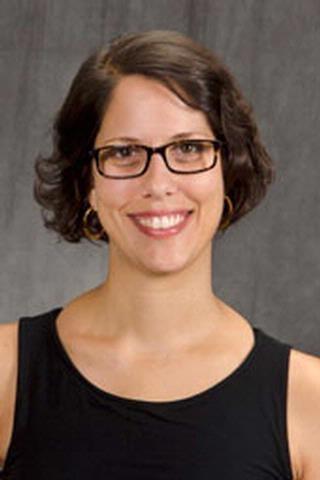Respiratory illnesses rear their ugly heads every winter, and this season has certainly been no exception. In addition to COVID-19 and the flu, talk about surging cases of respiratory syncytial virus (RSV) have drawn concern about a “tripledemic” from public health experts as well as patients and parents. In fact, a Keiser Family Foundation survey found that nearly 40% of people said their households were affected by this winter’s triple threat of viruses, with someone getting sick with the flu, COVID-19, or RSV.
All the attention has left many people wondering just what is RSV? How is it different from other respiratory conditions?
RSV is a common cause of respiratory tract infection, particularly in children. It’s not new, and in fact it’s quite common. Most people contract RSV by age 4. This year, it’s received a lot of attention and name recognition as doctors and hospitals sought to navigate potential surges of RSV along with the flu and COVID-19. With RSV in the spotlight, here are a few key details patients and parents should be aware of.
RSV is most dangerous for individuals of extreme age.
Parents of young children along with older individuals and their caregivers should be most concerned about RSV. It can be extremely dangerous to newborns and infants as well as older adults. Cases can be more severe in children in their first few years of life because they have not yet been exposed to it.
In babies and young children, parents and caregivers should keep a close eye out for fast breathing or babies “working hard” to breathe, including muscles pulling between the ribs or using more of their body to take breaths. If children are having difficulty breathing, they should be taken to the hospital right away.
In most adults, RSV is typically similar to a cold, though it can be more severe. For older adults, doctors sometimes describe RSV as “flu without fever.” It can lead to pneumonia in older adults.
RSV and COVID-19 are similar – with a few key differences
When it comes to the “tripledemic,” there is definitely overlap among RSV, COVID-19, and the flu. But there are also some important distinctions. Remember when the recommendation was to wipe down shared surfaces and even your groceries in the early days of the COVID-19 pandemic? You can thank RSV for that. RSV spreads most commonly through contact with sick kids and the virus they may leave on surfaces. Kids and others touch their faces where the virus is present and then touch other things, which someone else then touches.
Today, we know that COVID-19 is mainly spread from person to person through respiratory droplets that are produced when an infected person coughs, sneezes, sings, exercises, or talks. That’s a key difference between RSV and COVID-19. It also underscores why daycares are so susceptible to RSV outbreaks. Kids share their germs as much as they share their love and their toys, and parents and caregivers should take steps to minimize the spread of RSV in childcare settings and at home. That means regularly wiping down surfaces, avoiding sharing utensils, and keeping kids and adults home if they feel sick.
There is a test for RSV, but you might not need it
Most respiratory illnesses have similar treatments primarily focused on managing symptoms. That means that testing to determine which specific virus is causing those symptoms is not always necessary. From a public health perspective, it’s important for doctors to know which conditions are impacting a particular community or population. But for individual patients, testing to be sure a respiratory illness is (or is not) RSV won’t be necessary or particularly revealing. So even if you do see a doctor for RSV-like symptoms, don’t assume that you’ll get a definite answer about whether or not RSV is the cause.
A trip to the doctor isn’t always necessary with RSV
With all the coverage of RSV and its dangers, some patients and parents assume they need to see a medical professional for treatment. After a long visit, they often leave feeling dissatisfied. Just as testing for RSV isn’t always necessary, symptoms don’t always warrant a trip to the doctor or the hospital. The reality is, antibiotics aren’t used to treat viruses like RSV, and other medicines and treatment options continue to be studied. In fact, staying away from healthcare settings has a few distinct advantages. You’re not exposing others to the virus and you’re avoiding exposure to other potentially contagious conditions.
To reiterate: If you notice that your young child is having difficulty breathing, you should head to the emergency room immediately. Otherwise, a call to your family doctor or pediatrician is a good first step to determine treatment and whether a visit is necessary.
For more on RSV and viral infections in infants and children, visit the Manuals page on the topic.
